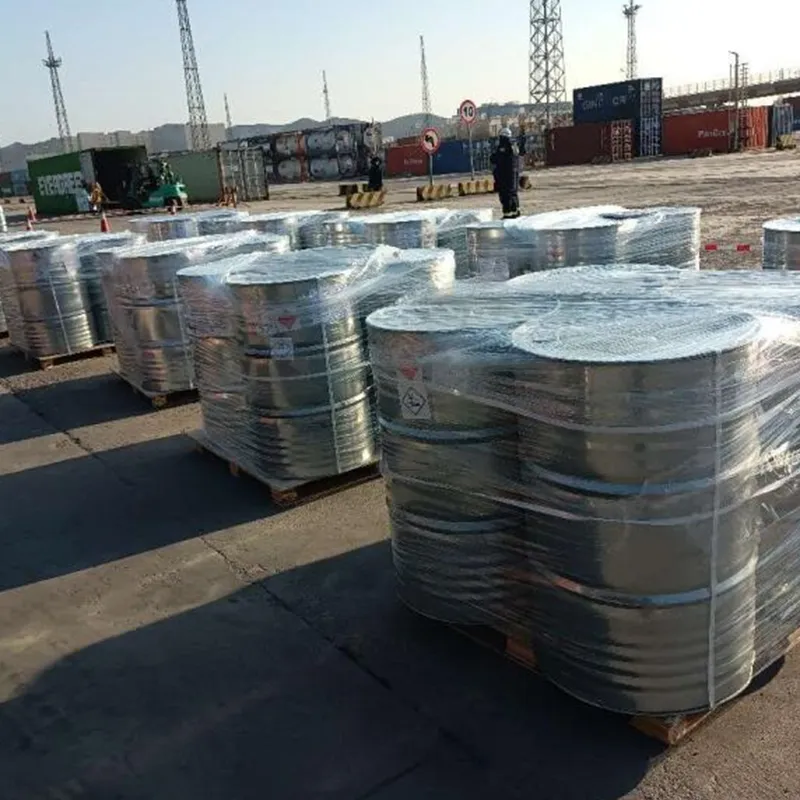
thickening food additive
The Role of Thickening Food Additives in Modern Cuisine
In the ever-evolving landscape of culinary arts and food production, thickening agents play a pivotal role. Often taken for granted, these food additives bring texture, stability, and an enhanced sensory experience to a wide variety of dishes. This article delves into the world of thickening food additives, exploring their types, applications, and significance in both home cooking and industry.
What are Thickening Food Additives?
Thickening agents are substances added to food to increase its viscosity without affecting its other properties. These additives help achieve a desired consistency, making sauces, soups, and desserts more enjoyable. Common examples include starches, gums, and proteins, each serving unique purposes in food preparation.
Types of Thickening Agents
1. Starches Perhaps the most widely used thickening agents, starches are derived from various sources such as corn, potatoes, and tapioca. When heated in liquid, starch granules swell and absorb water, resulting in a thickened mixture. Cornstarch, for instance, is a popular choice for gravies and sauces, providing a glossy finish and smooth texture.
2. Gums Gums are natural thickening agents derived from plant and sea sources. Examples include xanthan gum, guar gum, and locust bean gum. These polysaccharides are particularly valued in gluten-free cooking, as they mimic the texture imparted by gluten in traditional recipes. For instance, xanthan gum is frequently used in salad dressings and ice creams to stabilize emulsions and prevent separation.
3. Proteins Certain proteins, such as gelatin and agar-agar, can also serve as thickening agents. Gelatin, derived from animal collagen, is a favorite for making jellies, puddings, and mousses. On the other hand, agar-agar, a plant-based alternative, is widely used in vegan and vegetarian recipes due to its ability to gel without animal products.
thickening food additive

4. Pectin This naturally occurring carbohydrate is found in fruits and is particularly important in making jams and jellies. Pectin interacts with sugar and acid in fruit, forming a gel-like structure that helps preserve the product while providing a delightful mouthfeel.
Applications in Cuisine
Thickening agents are indispensable in various culinary applications. In the food industry, they are crucial for achieving consistency and texture in processed foods like sauces, dressings, and convenience meals. Chefs in restaurants use these additives to create perfect emulsions in vinaigrettes, provide body to soups, and enhance the creaminess of desserts.
In home cooking, understanding how to use thickening agents effectively can elevate everyday meals. For example, mastering the technique of making a roux—a mixture of flour and fat cooked together—can lead to the creation of a rich and flavorful béchamel sauce, the foundation for numerous dishes. Additionally, when creating berry compotes, the addition of pectin helps achieve the ideal spreadable consistency for breakfast favorites like toast and pastries.
Health Considerations
While thickening agents are generally regarded as safe, consumers should be aware of the potential for allergies or sensitivities, particularly with certain gums or proteins. Moreover, the rising trend of clean-label products has prompted food manufacturers to explore natural thickening agents as alternatives to synthetic ones, paralleling consumer demand for transparency and health-conscious choices.
Conclusion
Thickening food additives are more than mere fillers; they are essential components that enhance the texture, stability, and overall enjoyment of food. As culinary practices evolve and consumer preferences shift towards healthier and more natural products, the role of these additives will continue to adapt. Understanding how to use thickening agents effectively can empower both professional chefs and home cooks to create dishes that delight the palate and satisfy the senses.
-
Pure Sodium Dichloroisocyanurate Dihydrate | Powerful DisinfectantNewsAug.29,2025
-
Industrial Chemicals: Quality & Purity for Every IndustryNewsAug.28,2025
-
Nitrile Rubber Honoring Strict Production StandardsNewsAug.22,2025
-
Aspartame Ingredients Honoring Food Safety ValuesNewsAug.22,2025
-
Fertilizer for Balanced Plant NutritionNewsAug.22,2025
-
Cyanide Gold Processing with High Purity AdditivesNewsAug.22,2025
-
Formic Acid in Textile Dyeing ApplicationsNewsAug.22,2025
Hebei Tenger Chemical Technology Co., Ltd. focuses on the chemical industry and is committed to the export service of chemical raw materials.
-

view more DiethanolisopropanolamineIn the ever-growing field of chemical solutions, diethanolisopropanolamine (DEIPA) stands out as a versatile and important compound. Due to its unique chemical structure and properties, DEIPA is of interest to various industries including construction, personal care, and agriculture. -

view more TriisopropanolamineTriisopropanolamine (TIPA) alkanol amine substance, is a kind of alcohol amine compound with amino and alcohol hydroxyl, and because of its molecules contains both amino and hydroxyl. -

view more Tetramethyl Thiuram DisulfideTetramethyl thiuram disulfide, also known as TMTD, is a white to light-yellow powder with a distinct sulfur-like odor. It is soluble in organic solvents such as benzene, acetone, and ethyl acetate, making it highly versatile for use in different formulations. TMTD is known for its excellent vulcanization acceleration properties, which makes it a key ingredient in the production of rubber products. Additionally, it acts as an effective fungicide and bactericide, making it valuable in agricultural applications. Its high purity and stability ensure consistent performance, making it a preferred choice for manufacturers across various industries.





